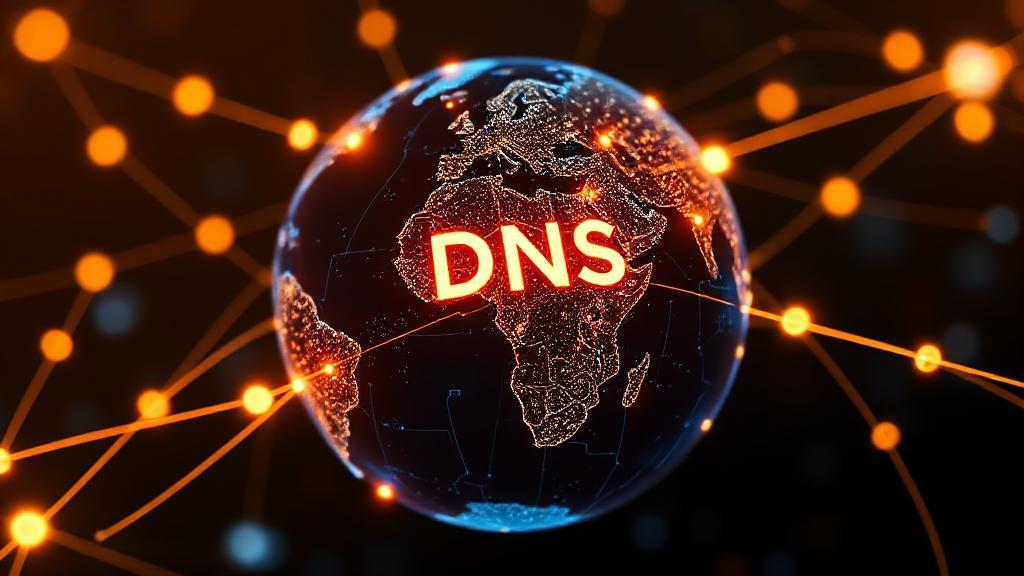What Does DNS Stand For?
DNS stands for Domain Name System. Created in 1983 by Paul Mockapetris for the ARPANET, it functions as the internet's phonebook, translating human-friendly domain names like www.example.com into IP addresses like 192.0.2.1 that computers use to identify each other on the network.
How DNS Works
The DNS resolution process involves several key steps and components:
1. DNS Query Initiation
When you type a URL into your web browser, your device initiates a DNS query to find the associated IP address.
2. Local DNS Cache and Resolver
- First, your system checks its local DNS cache
- If not found, the query goes to a recursive DNS resolver, typically provided by your ISP or services like Google Public DNS or Cloudflare DNS
3. DNS Server Hierarchy
- Root Name Servers: The first step in translating domain names to IP addresses
- TLD Name Servers: Handle specific top-level domains (like .com, .org)
- Authoritative Name Servers: Hold the actual DNS records for domains
Types of DNS Records
| Record Type | Purpose |
|---|---|
| A Record | Maps domain to IPv4 address |
| AAAA Record | Maps domain to IPv6 address |
| CNAME | Creates domain alias |
| MX | Directs email routing |
| TXT | Stores text information |
| PTR | Maps IP address to domain name |
DNS Security and Best Practices
DNS security is crucial for maintaining a safe internet experience:
- DNSSEC (Domain Name System Security Extensions)
- DNS over HTTPS (DoH)
- DNS over TLS (DoT)
"DNS is the weakest link in the chain of trust on the Internet" - Dan Kaminsky, Security Researcher
Troubleshooting Tools
Common tools for DNS diagnostics:
Why DNS Matters
DNS is essential for several reasons:
- User-Friendly Navigation: Users can access websites using memorable domain names instead of IP addresses
- Scalability: Handles vast numbers of domain names and IP addresses efficiently
- Redundancy: Distributed nature ensures robust operation
- Business Operations: Critical for:
- Website availability
- Email delivery
- Security implementation
- User experience
- Global presence
Common DNS Issues
Despite its robustness, DNS can face challenges:
- DNS Propagation Delays
- DNS Spoofing/Cache Poisoning
- Server Outages
- Performance Issues
For more information about DNS standards and security, visit:
